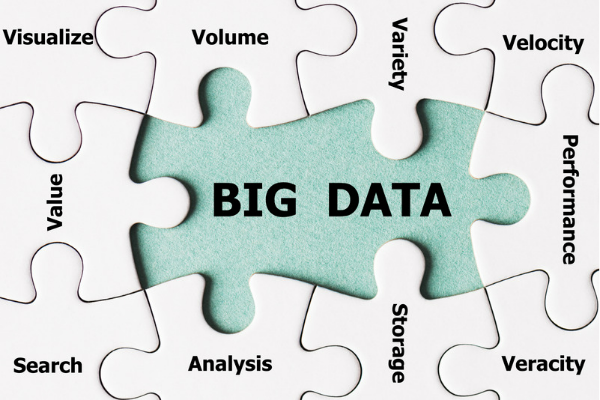In today's big data era, enterprises are acquiring large amounts of data from various sources to build their data lake, with the global data lake market expected to reach USD 31.5 billion by 2027. This rapid influx of information often introduces errors such as missing values, typos, and mixed formats. For this reason, data cleaning has become more crucial than ever to maintain the integrity of records.
Which raises the question: how can you clean data in a scalable and timely manner?
This blog post will explore the different aspects of qualitative data cleaning, including the two phases of error detection and error repairing, as well as the various techniques or approaches used in each phase.
What is Data Cleaning?
Data cleaning, also known as data scrubbing, is the process of identifying and correcting errors, inconsistencies, and inaccuracies in data. It is an essential step in data preparation before performing analysis or reporting. This ensures that data is accurate and complete for informed decision-making.
Data cleaning can be performed manually, but this can be time-consuming and prone to errors. To streamline the process and improve data accuracy, you can use automated data cleaning tools and software. These types of tools use various techniques, such as statistical analysis, machine learning, and natural language processing, to identify and correct errors in data.
Error Detection
The first step towards cleaning the database is to detect and surface anomalies or errors. Qualitative error detection techniques rely on descriptive approaches to identify patterns or constraints of a legal data instance. This involves three dimensions:
- Error Type - Qualitative error detection techniques can be classified according to the type of error captured. This includes using integrity constraints to capture data quality rules that the database should conform to, including functional dependencies and denial constraints.
- Automation - This refers to whether and how humans are involved in the anomaly detection process. Most techniques are fully automatic, while others involve humans, for example, to identify duplicate records.
- Business Intelligence Layer - Errors can happen in all stages of a business intelligence stack. While most anomaly detection techniques can identify errors in the original database, other errors can only be detected much later in the data processing pipeline, where more semantics and business logic becomes available.
Error Repairing
Data repairing refers to the process of finding another database instance that conforms to the set of data quality requirements. This is composed of three dimensions, including:
- Repair Target - Repairing algorithms operate under different assumptions about the data and the quality rules. Some techniques trust the declared integrity constraints and only update data to remove errors, while others explore the possibility of changing both the data and the constraints. These approaches are categorized based on the repair target they are aiming for.
- Automation - This refers to the tools used in the repairing process – more specifically, whether and how humans are involved. Some techniques involve humans in the repairing process to verify fixes, suggest fixes, or train machine learning models to carry out automatic repair decisions.
- Repair Model - This is based on whether repairs change the database in situ or a model is built to describe possible repairs. Most techniques repair the database in place, while for non-in-situ repairs, a model is often constructed to describe the different ways to correct the underlying database.
Conclusion
Qualitative data cleaning techniques are essential for ensuring data quality in the digital age. While quantitative error detection techniques have been heavily studied, there is a need for more research and development in qualitative data cleaning techniques. This will enable enterprises to perform scalable and timely data cleaning activities and, at the same time, cope with the increasing variety of data sources.
Preserve the Quality of Your Data with Civicom® Marketing Research Services
Civicom® Marketing Research Services is the global leader in providing web-enabled qualitative tools for market research. Our full-service solutions include online IDI and focus group facilitation, mobile research, online communities, respondent recruitment, plus other solutions for your research needs. Contact us to see how we can help you achieve project success.



